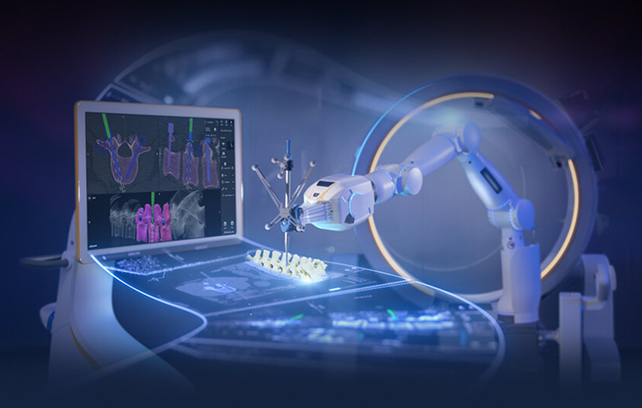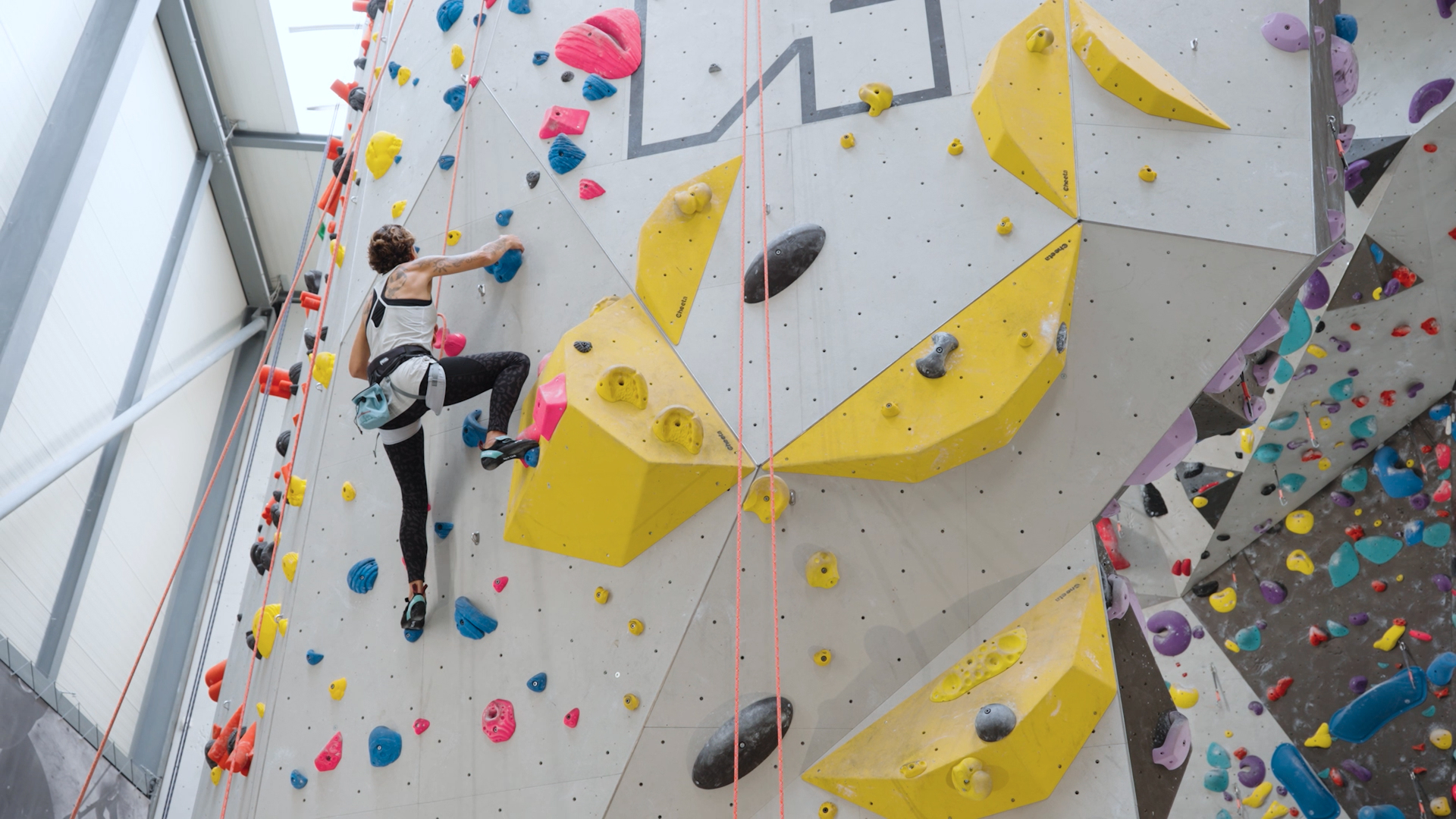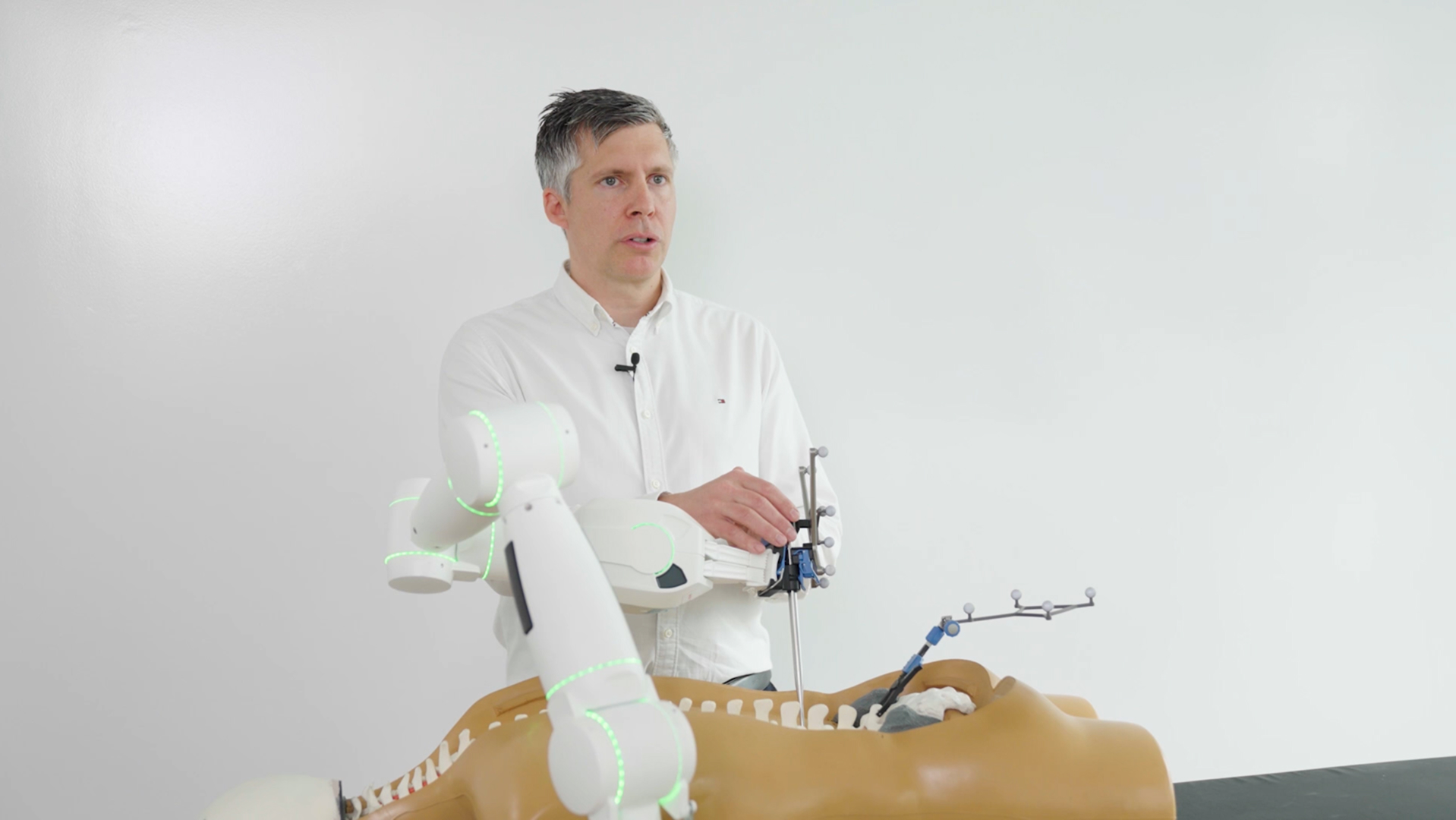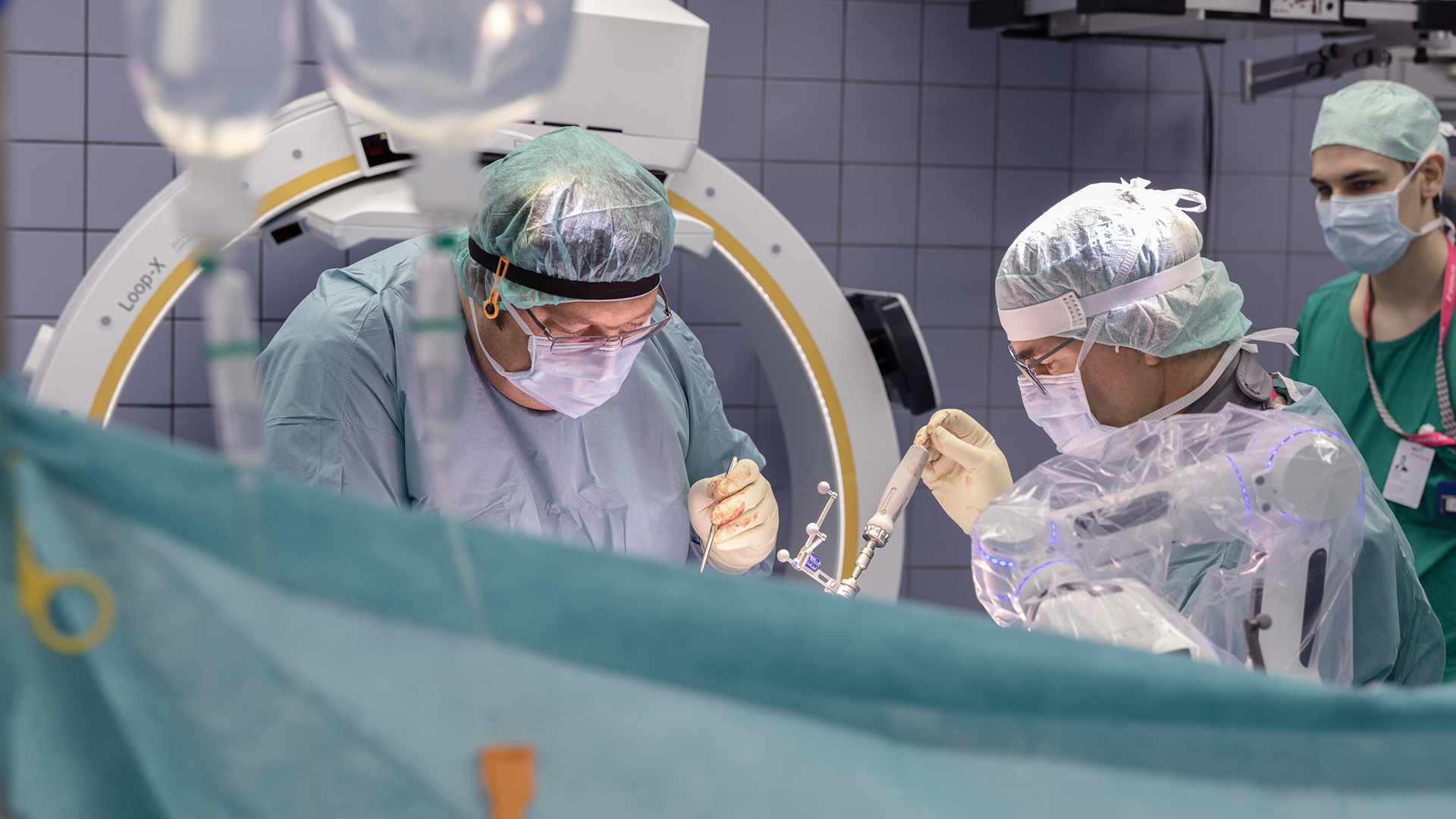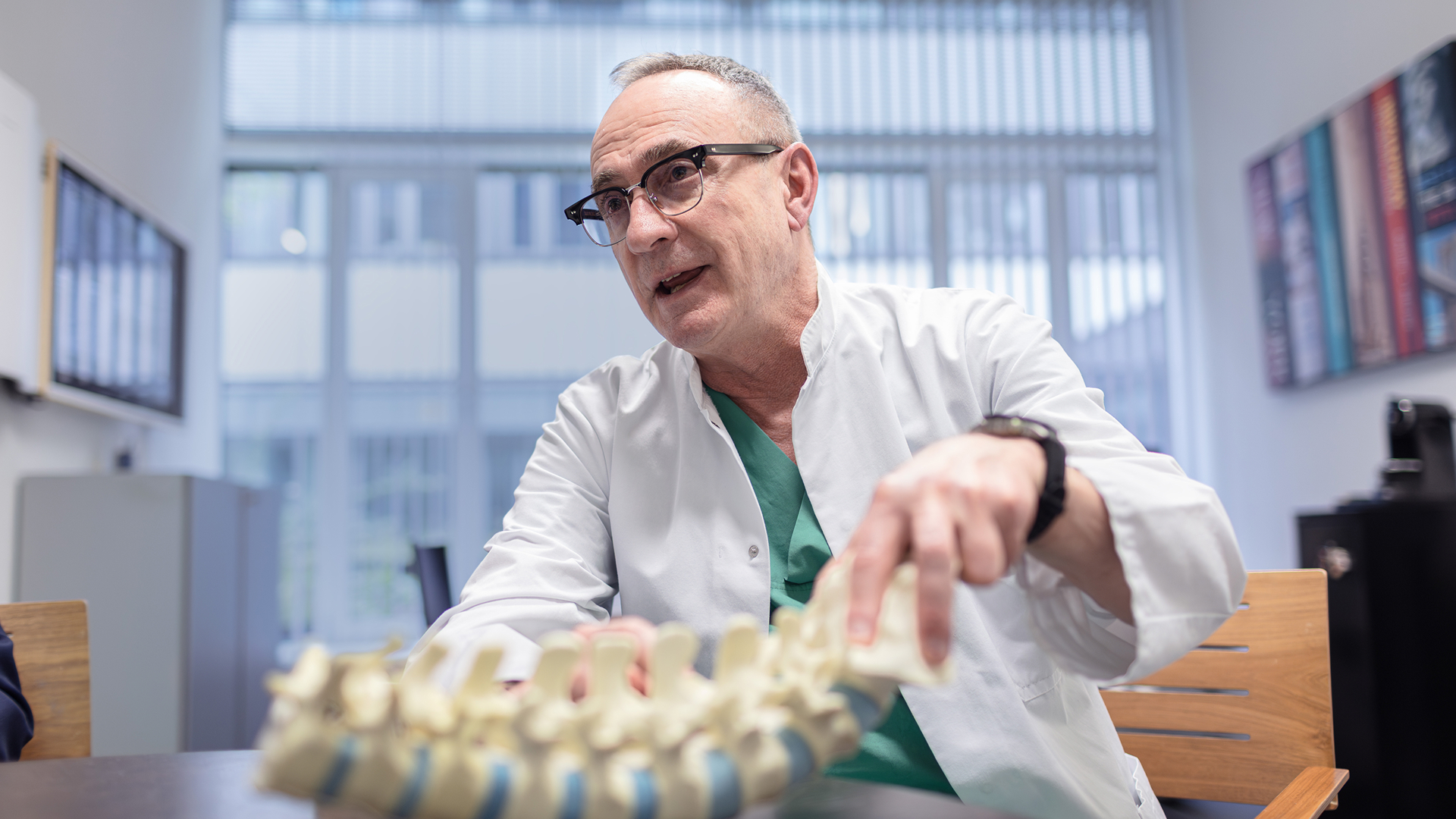At one point, Sandra Beck’s pain became unbearable and conservative treatment methods were no longer providing adequate improvement. Osteochondrosis, a condition of the bones and cartilage of the spine caused by wear and tear, was impacting her day-to-day life too much. The team of Markus Bruder, MD, at Kantonsspital in Aarau, Switzerland, opted for a special surgical method known as Cortical Bone Trajectory (CBT) to stabilize the spine with the least possible interference with the surrounding tissue. The team would be supported by Curve Navigation and the robotic arm, Cirq, both from Brainlab.
“Sports is very important to me,“ commented Sandra. “Not just for my body, but also my mind.” Running, cycling, skiing, weight training—all of these activities were part of her everyday life until a slipped disc severely restricted what she was able to do. The pain did ease somewhat over time, “but not enough for me to want to live with it.” In the end, surgery was the only option that could help.
On the evening before her surgery, she was still plagued with doubt: “I didn’t know what was in store for me and if my mobility would be greatly impacted afterwards,” said Sandra. The people around her didn’t seem to make her decision any easier either: “Everyone was asking me: ‘What? You want to have spine surgery? Are you sure about that?’”
Of course, Dr. Bruder, Head of Spinal Surgery at Aarau Kantonsspital, had already exhausted all other conventional treatment options, “but when we realized that no lasting improvement could be achieved, we knew relatively quickly that we had to go down the surgical route.”
The CBT technique that he used makes it possible to insert the screws with a minimally invasive approach at a special oblique angle into the vertebral body, the thicker part of the vertebra that is made of denser cortical bone.
The challenge with this method, however, lies in the precise placement of the screws, since the dense bone requires exact guidance.
"With the Curve navigation system and the Cirq robotic arm, we can drill extremely precisely and place the screws exactly as planned—That’s a big advantage."
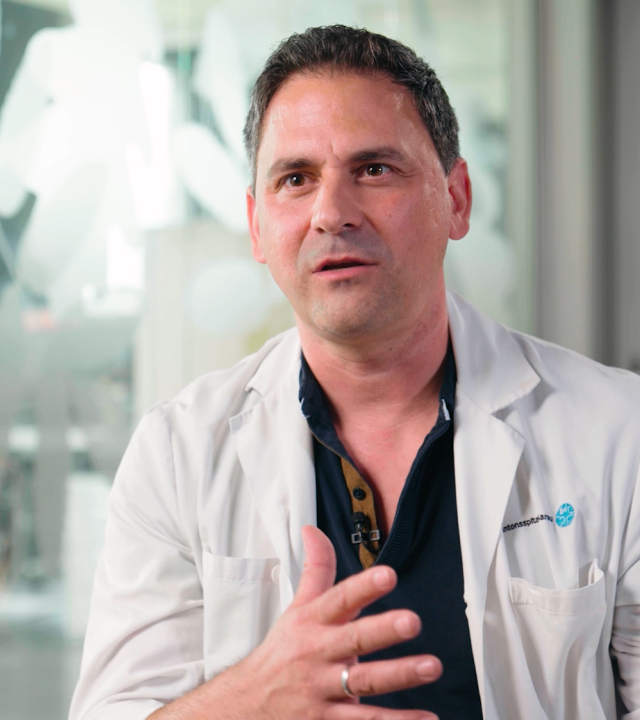
Today, Sandra is happy that she can be active again. She started climbing shortly after her surgery and now trains regularly with her daughter. “There’s hardly any other sport where you have to be so in tune with yourself,” she says. “But above all, it’s nice to finally be pain-free after such a long time. It’s incredibly satisfying.”
